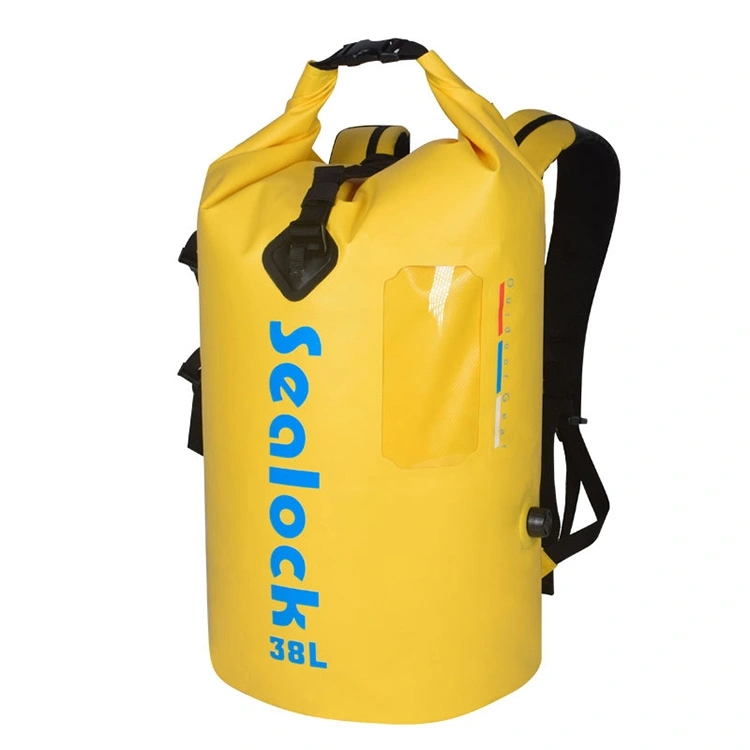
- English
- Español
- Português
- русский
- Français
- 日本語
- Deutsch
- tiếng Việt
- Italiano
- Nederlands
- ภาษาไทย
- Polski
- 한국어
- Svenska
- magyar
- Malay
- বাংলা ভাষার
- Dansk
- Suomi
- हिन्दी
- Pilipino
- Türkçe
- Gaeilge
- العربية
- Indonesia
- Norsk
- تمل
- český
- ελληνικά
- український
- Javanese
- فارسی
- தமிழ்
- తెలుగు
- नेपाली
- Burmese
- български
- ລາວ
- Latine
- Қазақша
- Euskal
- Azərbaycan
- Slovenský jazyk
- Македонски
- Lietuvos
- Eesti Keel
- Română
- Slovenski
- मराठी
- Srpski језик
Are waterproof backpacks really waterproof?
2024-01-25
Waterproof backpacks are designed to resist the penetration of water and keep the contents inside dry even in wet conditions. However, the degree of waterproofing can vary among different backpacks, and it's crucial to understand the distinctions in terminology and testing standards:
Water-Resistant vs. Waterproof:
A water-resistant backpack repels water to some extent but may not withstand heavy rain or immersion.
A truly waterproof backpack is expected to prevent water from entering even during prolonged exposure to rain or submersion.
IP Ratings:
Some waterproof backpacks are tested and rated using Ingress Protection (IP) codes. For example, an IPX7 rating means the backpack can withstand immersion in water up to 1 meter for a specified duration.
Seam Sealing:
The seams of a backpack are potential points for water entry. Waterproof backpacks often have sealed seams or welded seams to prevent water penetration.
Material and Zippers:
The choice of materials and the quality of zippers contribute to a backpack's waterproofing. Durable and water-resistant materials, along with water-resistant zippers or zipper covers, enhance overall waterproofing.
Limitations:
While many waterproof backpacks provide effective protection against rain, they may have limitations in extreme conditions or prolonged submersion. It's essential to follow the manufacturer's guidelines for use and care.
User Maintenance:
The effectiveness of a waterproof backpack can be influenced by how well it is maintained. Regularly checking for wear and tear, reapplying waterproofing treatments, and avoiding sharp objects can help maintain the backpack's waterproofing capabilities.
It's recommended to check product specifications, reviews, and any available testing standards or certifications when considering a waterproof backpack. Additionally, user experiences and proper usage play significant roles in ensuring the backpack's waterproof performance. While many waterproof backpacks offer reliable protection, it's essential to be mindful of their limitations and care requirements.



